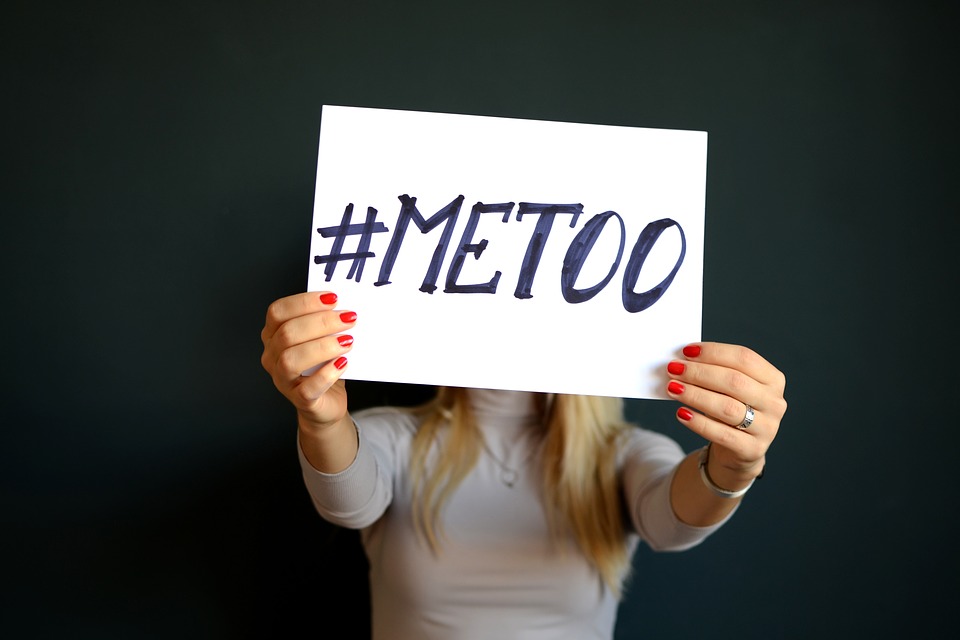
Its been all over the news lately, with trending hashtags such as #MeToo and #TimesUp. However aside from sexual harassment occurring in Hollywood, it’s important to know and understand how to identify sexual harassment in the everyday workplace. According to the Equal Employment Opportunity Commission (EEOC), sexual harassment in the workplace is classified as: unwelcome sexual advances or conduct of a sexual nature which unreasonably interferes with the performance of a person’s job or creates an intimidating, hostile or offensive work environment.
Both state and federal laws protect employees from sexual harassment at work. Sexual harassment is a form of sex discrimination under Title VII of the Civil Rights Act of 1964.
There are two types of sexual harassment:
- Quid Pro Quo: When an employer demands subordinates to tolerate sexual harassment as a condition of getting or keeping a position at work. This also includes receiving promotions and raises.
- Hostile Work Environment: When the conduct is unwelcome based on sex and is severe and pervasive enough to create an offensive work environment. A hostile work environment are grounds for legal action.
Employer Liability
Employers with 15 or more employees are subject to Title VII. For businesses with under 15 employees state law governs with enacted laws covering such circumstances. If harassment was committed by a superior and firing, demoting or negative changes in the work environment begin, the employer is liable. If the harassment creates a hostile work environment, the employer is liable. If the harassment is committed by a coworker the employer is liable if it knew or should have known about the harassment, unless the employer took immediate corrective action.
How do you put an end to the harassment?
Speak up: Let the harasser know their conduct and behavior is offensive.
Follow employer procedure: Most companies have a detailed procedure of how to handle harassment. Find out if there is a person or department; such as Human Resources you can go to with the complaint.
Administrative Charge: If you are unable to follow through with employer procedure, file an administrative charge with a government agency, such as the EEOC or a state’s human rights or civil rights enforcement agency.






Hellow my name is Martinaccug. Wery good-hearted article! Thx 🙂